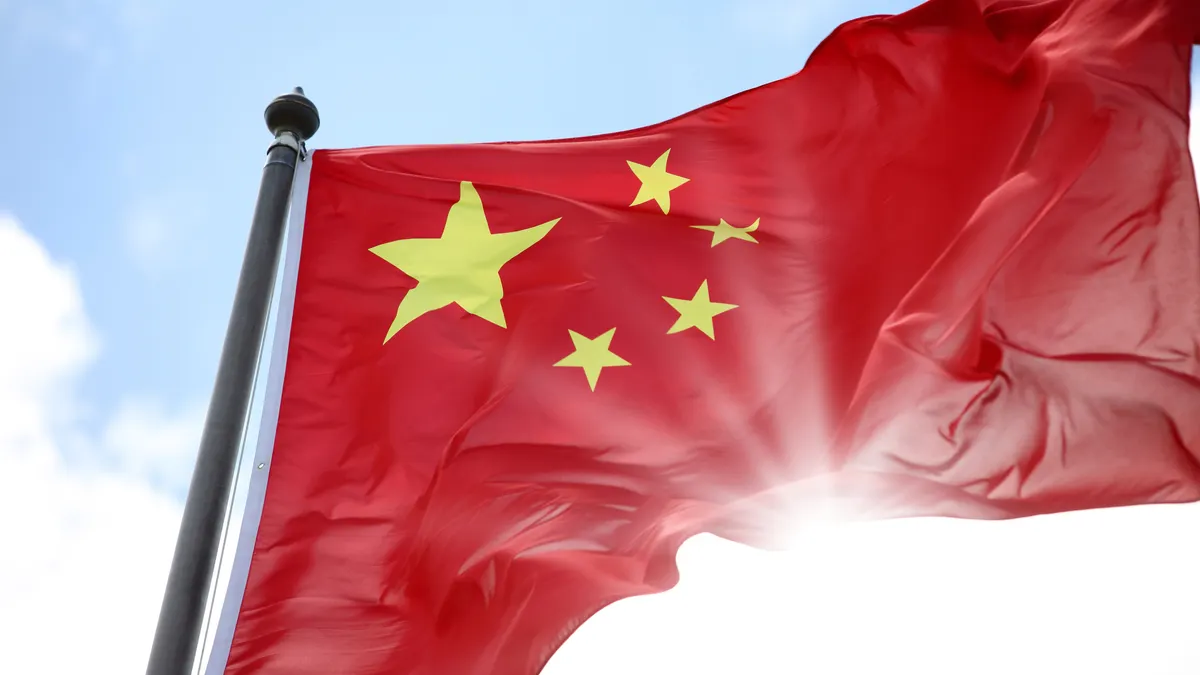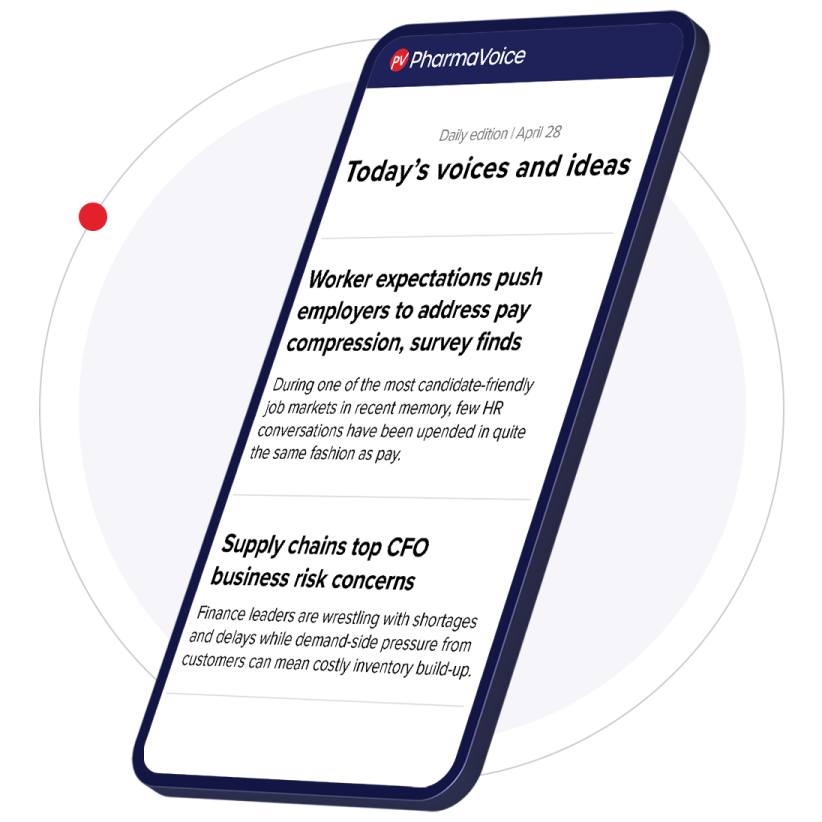China has rapidly emerged as a global force in oncology, contributing a significant share of next-generation immunotherapies to the cancer pipeline, including a standout candidate that could rival Merck & Co.’s megablockbuster Keytruda.
Chinese drugs account for 51% of antibody-drug conjugates in development, 48% of bispecific monoclonal antibodies and 48% of CAR-T therapies, according to Mark Lansdell, director of custom intelligence at Evaluate.
Western drugmakers have taken notice of the country’s advances and dealmaking is booming. In 2023 and 2024, approximately 30% of molecules in-licensed by Big Pharma companies came from China, Lansdell said. The agreements include major deals by companies such as Merck and Novartis.
“That’s up from 0% just six years prior,” he noted.
Upcoming U.S. trial results for ivonescimab, developed by Chinese biopharma Akeso and licensed by U.S.-based Summit Therapeutics, may mark a pivotal moment for China’s trajectory in oncology.
“It was only a matter of time before those skilled [Chinese] scientists started to think, ‘Why don't we start our own drug discovery business rather than always acting as a service for Western companies?’”

Mark Lansdell
Director of custom intelligence, Evaluate
The drug, already approved in China, is a bispecific antibody that targets both PD-1 and vascular endothelial growth factor (VEGF), a protein that promotes blood vessel growth and helps shield tumors from the immune system. It significantly outperformed Keytruda in a head-to-head phase 3 Chinese trial for non-small cell lung cancer, nearly doubling progression-free survival. Overall survival, however, did not show a statistically significant improvement because the data were immature and there were not enough patients in the study to draw firm conclusions.
Keytruda, a PD-1 inhibitor, has redefined treatment standards across several cancers, and if U.S. trials, including one with an anticipated December 2025 completion date, confirm the result of Chinese trials, it could provide a big boost to the country’s oncology efforts, Lansdell said. The drug’s potential has already sparked a flurry of deals as companies look to license their own checkpoint inhibitors that also target VEGF.
“If results don’t replicate, I think that will have a dampening effect,” Lansdell said.
An emerging force
Chinese firms have evolved from their earlier role as support staff for Western pharma companies. In the late 1990s and early 2000s, pharmas began enlisting Chinese companies to carry out some of the more mundane aspects of drug development while retaining control over molecule design and biological pathway selection, Lansdell said.
“It was only a matter of time before those skilled [Chinese] scientists started to think, ‘Why don't we start our own drug discovery business rather than always acting as a service for Western companies?’” he said.
Most Chinese companies aren’t pursuing game-changing innovations but are primarily focused on improving or adapting existing drug approaches.
“Given enough time, my expectation is that China will start to explore novel biology and get better at discovering new ways to target diseases,” Lansdell said. “And that will be an interesting challenge for the West.”
U.S. companies are increasingly recognizing the value of licensing drugs from China, where trials are cheaper and get started more quickly due to the country’s faster enrollment rates.
“Seventy-five percent of all China-developed companies are in clinical trials, while in the U.S. only 64% of companies are in the clinic,” Lansdell said.
China’s drug regulator, the National Medical Products Administration, is a member of the International Council for Harmonisation of Technical Requirements for Pharmaceuticals for Human Use, so companies follow internationally standardized human clinical trials practices, Lansdell said. But the FDA remains cautious of single-country trials and prefers broader validation. While data from Chinese trials alone may not have been enough to get a nod from the FDA in the past, mindsets are changing, and they can give pharma companies the confidence to proceed with a deal.
Predicting future growth
Chinese companies without a commercial footprint outside the country have an incentive to make deals. Without U.S.-based partners it’s difficult to break into the global market. While many experts anticipated a further acceleration of 2024’s record-breaking deal making with Chinese companies, Lansdell said this year’s data shows it’s holding steady.
“The momentum we saw in 2024 has been sustained, but not built upon,” Lansdell said.
It’s not clear if Chinese drug developers will continue to focus on Western markets or pivot to the domestic market, according to Lansdell.
“I think you are going to see more companies decide to develop drugs for their domestic market,” he said. “The excitement about being able to out-license to Western companies will dampen over time because it will reach a saturation point.”
Other questions remain about China’s trajectory.
“Will they take that next step and start innovating on the biology side? How long will it take? What happens when they start to do that?” Lansdell said.











